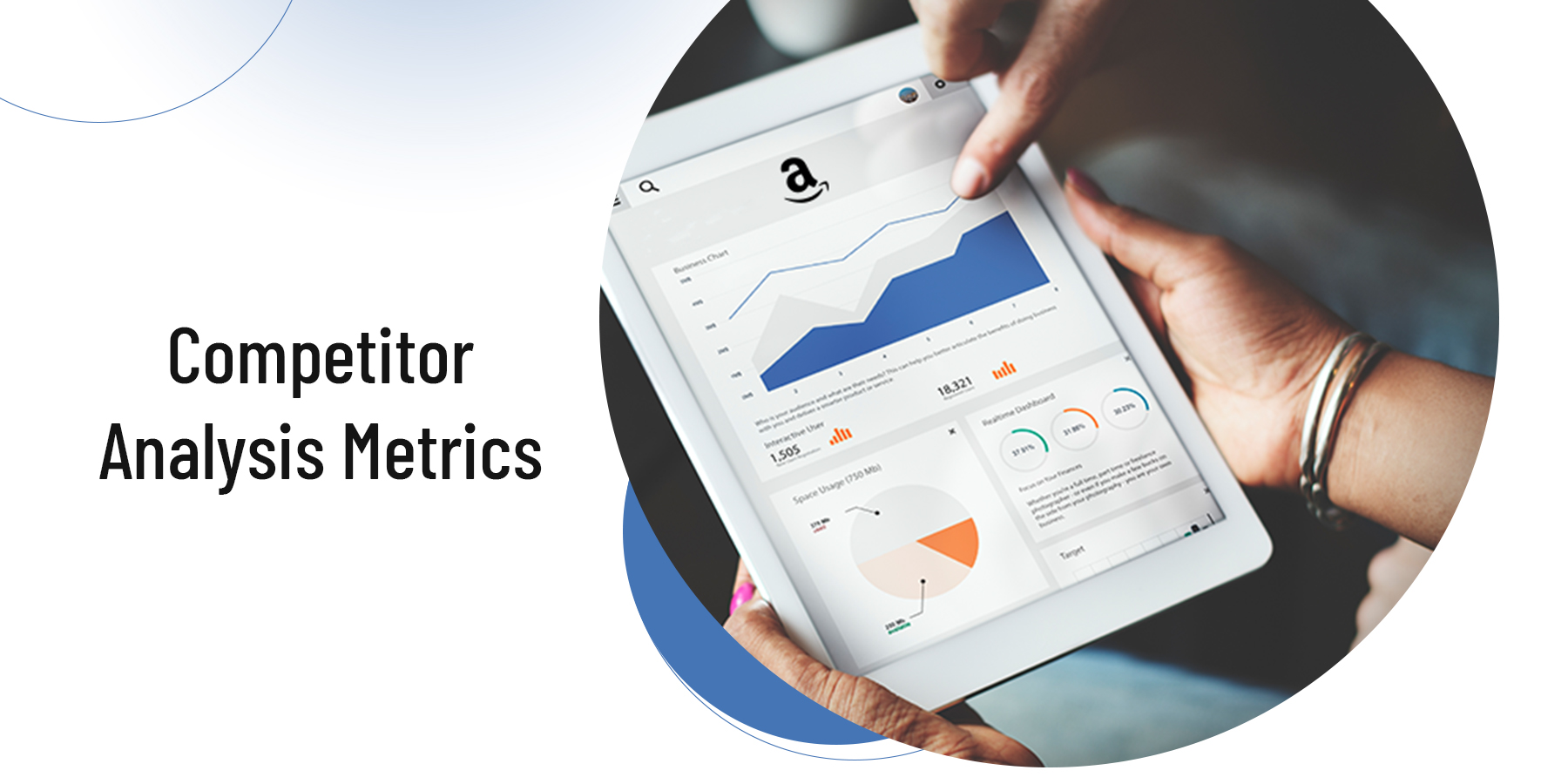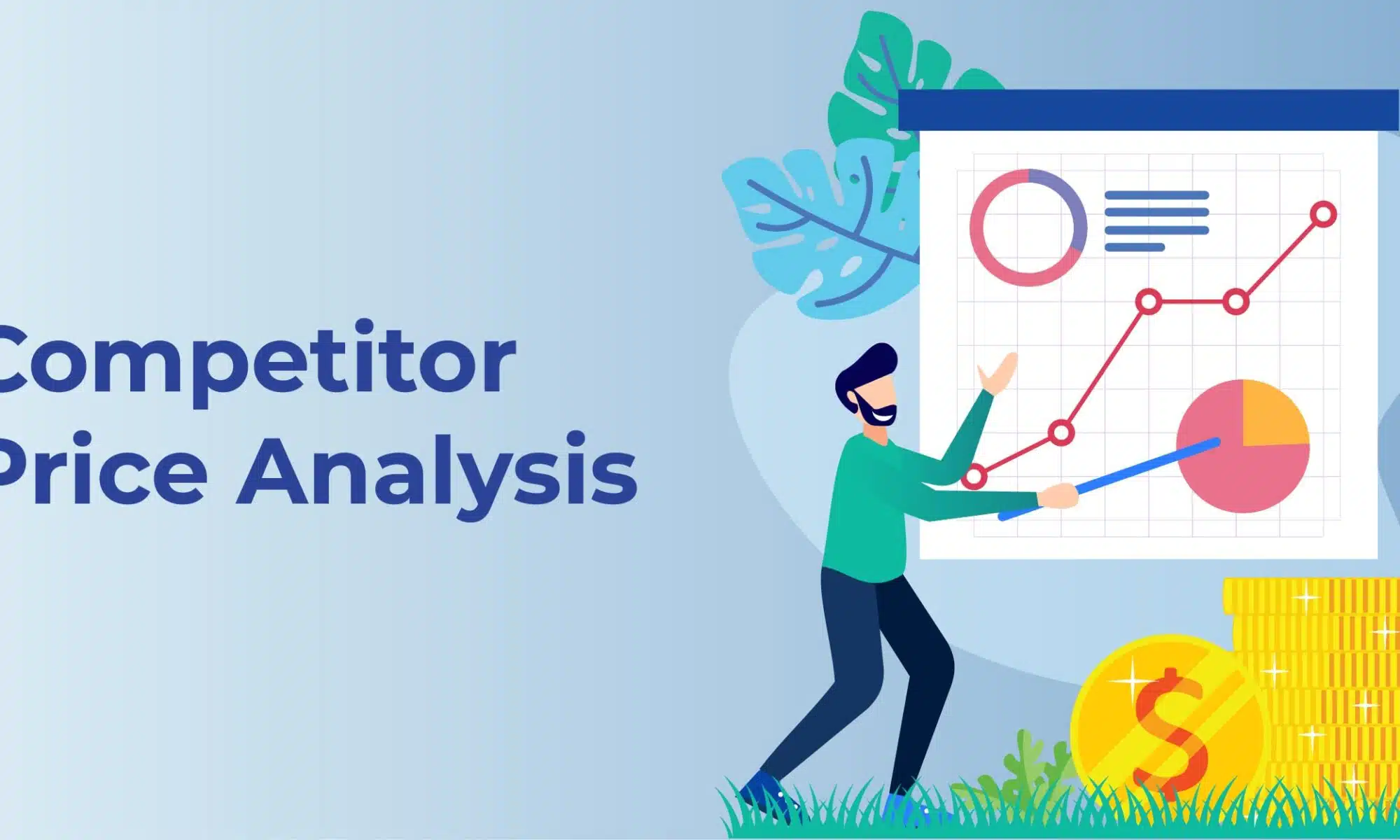Global supply chain disruptions are estimated to have cost companies $1.9 trillion in 2024, according to McKinsey. With inflation, geopolitical shifts, and raw material shortages still creating ripple effects, businesses in 2025 face intense pressure to stabilize operations, reduce costs, and improve efficiency.
That’s why the focus has shifted from in-house operations to agile, tech-powered supply chain outsourcing companies and global supply chain companies that offer end-to-end visibility, automation, and cost control.
This guide explores the best companies for supply chain management, from strategic consultants to offshore operations providers, so you can benchmark top players and find the right partner to fuel resilience, savings, and scalability in 2025.
Table of Contents
Why Choosing the Right SCM Partner Is Crucial in 2025
Top 10 Supply Chain Companies to Watch in 2025
Leading Supply Chain Outsourcing Companies
Digital Supply Chain Companies Powering 2025
What to Look for in a Supply Chain Solutions Provider
Frequently Asked Questions (FAQs)
Why Choosing the Right SCM Partner Is Crucial in 2025
In 2025, businesses face a harsh reality: supply chains are more complex, fragmented, and vulnerable than ever. With market volatility, rising inflation, and continued global uncertainty, it’s no longer enough to rely on outdated systems or reactive operations. The companies winning this year are those partnering with supply chain solutions providers that deliver agility, visibility, and cost efficiency at scale.
Common Challenges Supply Chain Teams Face:
- Manual PO processing causing delays and errors
- Vendor miscommunication leading to fulfillment breakdowns
- Limited visibility across warehouses, suppliers, and carriers
- Inability to scale operations during seasonal spikes or disruptions
According to industry studies, companies that outsource operational supply chain tasks see up to 30% faster fulfillment and 20–40% cost savings compared to those managing everything in-house.
What Makes a Great SCM Partner?
- Scalability: Ability to expand or downsize your supply chain team quickly based on need
- Transparency: Real-time dashboards, automated tracking, and KPI monitoring
- Industry Expertise: Deep understanding of compliance, regional logistics, and sector-specific challenges
- Tech-Enablement: Integrations with ERP, EDI, and WMS platforms
Partnering with experts in supply chain management services allows your internal teams to focus on strategy, while offshore or digital support teams handle the operational load.
Whether you're navigating demand surges, managing complex vendor ecosystems, or striving for faster cycle times, choosing the right partner is no longer optional. It's your competitive edge.
Top 10 Supply Chain Companies to Watch in 2025
As global supply chains continue to shift toward resilience, automation, and efficiency, a few standout companies are setting the benchmark. These are the top 10 supply chain companies pushing the boundaries with tech integration, scalable services, and deep industry expertise.
This curated list showcases firms that lead in digital transformation, logistics performance, and operational adaptability across various sectors. Whether you're a distributor, retailer, or manufacturer, these best supply chain companies are worth watching and benchmarking against.
Comparison Table: Top 10 Supply Chain Companies in 2025
|
Company Name |
HQ Location |
Core Services |
Industries Served |
Tech Capabilities |
|
Amazon |
USA |
Fulfillment, Logistics, Last-Mile Delivery |
Retail, eCommerce |
AI, Robotics, Smart Warehousing |
|
Vserve eBusiness Solutions |
India/USA |
Offshore SCM, PO Processing, Vendor Mgmt |
Distribution, Retail, B2B |
ERP Integration, Real-Time KPI Dashboards |
|
DHL Supply Chain |
Germany |
Warehousing, 3PL, Reverse Logistics |
Healthcare, Automotive |
IoT, Digital Twin, Route Optimization |
|
Schneider Electric |
France |
Smart Logistics, Energy-Savvy SCM |
Energy, Manufacturing |
Circular Economy Tech, Automation |
|
C.H. Robinson |
USA |
Global Freight, TMS, LTL Services |
Industrial, Retail |
Predictive TMS, Real-Time Load Visibility |
|
Blue Yonder |
USA |
AI Supply Chain Planning, Inventory Mgmt |
Retail, CPG, Pharma |
Machine Learning, Demand Forecasting |
|
Coupa Software |
USA |
Spend Management, Procurement Optimization |
Manufacturing, Tech |
AI-Based Supplier Scoring, Spend Visibility |
|
Kinaxis |
Canada |
Real-Time Planning, Scenario Simulation |
Pharma, Electronics, Aero |
Cloud-Based Planning, Concurrent Modeling |
|
UPS Supply Chain Solutions |
USA |
Logistics, Warehousing, Transportation |
Retail, Healthcare |
Route Optimization, Cold Chain Technology |
|
Flex Ltd. |
Singapore |
Supply Chain Design, Lifecycle Management |
Electronics, Automotive |
Supply Chain as a Service (SCaaS), Automation |
These leaders don’t just deliver, they anticipate. Each offers a strategic mix of innovation, industry focus, and results-backed performance that defines the future of supply chain excellence.
Use this list as a launchpad for evaluating potential partners or benchmarking your own operational goals.
Leading Supply Chain Outsourcing Companies
Outsourcing remains one of the fastest, most scalable ways to strengthen supply chain operations without hiring overhead.
Who Benefits Most?
- Mid-sized manufacturers
- Industrial distributors
- Growing eCommerce brands
Key Benefits:
- Up to 50% cost savings on back-office operations
- 24/7 operational coverage with offshore teams
- 10–20% faster vendor turnaround times
Real-World Case Study
A Texas-based distributor partnered with an offshore supply chain team to handle PO processing, supplier coordination, and inbound logistics. Within 90 days:
- Backorder rate dropped by 32%
- Vendor response time improved by 48 hours
- Saved over $150,000/year in labor
These supply chain outsourcing companies are ideal for operational streamlining and cost control.
Digital Supply Chain Companies Powering 2025
Tech is the backbone of today’s most efficient supply chains. These digital supply chain companies leverage real-time data, AI, and automation to unlock agility.
Top Players:
- Blue Yonder – AI-powered demand sensing
- Project44 – End-to-end shipment visibility
- Coupa – Spend visibility + supplier performance tracking
- Kinaxis – Real-time scenario planning
McKinsey Insight:
Companies using digital SCM platforms report a 45% improvement in inventory turnover and 20–30% lower logistics costs.
These supply chain management solutions companies are especially valuable for scaling brands and manufacturers.
What to Look for in a Supply Chain Solutions Provider
Selecting the right supply chain solutions provider can make the difference between stagnation and scalable growth. In 2025, companies are prioritizing partners that not only reduce costs but also deliver agility, integration, and deep operational insight.
Below is a checklist of the key factors to consider when evaluating potential providers of supply chain management solutions:
Supply Chain Solutions Provider Evaluation Checklist
- Global Network and Compliance
The provider should have operations across key regions and be well-versed in international trade regulations, customs processes, and tax compliance. - Automation-Enabled Processes
Modern providers leverage automation, such as robotic process automation (RPA) and AI, to streamline routine functions, reduce errors, and improve turnaround time. - ERP, WMS, and EDI Integration
Ensure the provider can seamlessly integrate with your existing systems. Compatibility with platforms such as SAP, NetSuite, Oracle, or proprietary WMS solutions is crucial for maintaining a smooth data flow and ensuring operational visibility. - Documented Cost Savings
Look for real metrics or client case studies that demonstrate operational savings, improved order accuracy, or faster vendor response times. - Industry-Specific Expertise
A provider with experience in your sector will be better equipped to handle your unique challenges and can offer tailored solutions from day one. - Scalability and ROI Evaluation
Evaluate their ability to scale services during demand surges and their track record in improving KPIs such as OTIF (on-time in full), DSO (days sales outstanding), or inventory turnover.
An ideal partner won’t just fill gaps, they’ll enhance the long-term performance of your supply chain through data-driven decisions and reliable execution.
Frequently Asked Questions (FAQs)
1. What are the best supply chain management companies in 2025?
Top contenders include Amazon, Schneider Electric, DHL, C.H. Robinson, and Blue Yonder, each offering strong tech integration, speed, and global networks. Each of these is recognized as a leading global supply chain company trusted by businesses worldwide.
2. What services do supply chain outsourcing companies offer?
Typical services include vendor coordination, PO processing, inventory tracking, logistics support, and KPI monitoring. These supply chain service providers often act as operational extensions of internal teams.
3. Who are the top consulting firms for supply chain strategy?
Accenture, BCG, Deloitte, and Kearney are widely trusted for global strategy, digital enablement, and transformation initiatives. These firms are among the most established companies in supply chain management offering consulting and implementation support.
4. What makes a digital supply chain company different?
They use automation, predictive analytics, and real-time data to improve forecasting, inventory control, and decision-making. A modern global supply chain company often combines tech capabilities with global reach to enable this.
5. How can I choose the right supply chain solutions provider for my business?
Look for proven industry experience, automation support, strong client results, and integration with your existing tech stack. Many successful companies in supply chain management provide detailed KPIs, case studies, and scalable support models for evaluation.
Conclusion
In 2025, offshoring and digital supply chain transformation are no longer optional, they’re strategic imperatives. Choosing from the best supply chain companies can unlock agility, reduce operating costs, and help future-proof your business.
Whether you're seeking a consulting firm, a digital SCM partner, or a 24/7 offshore support team, this list gives you a head start.
Ready to Strengthen Your Supply Chain in 2025?
Get expert support from an offshore team trusted by global distributors and manufacturers.





